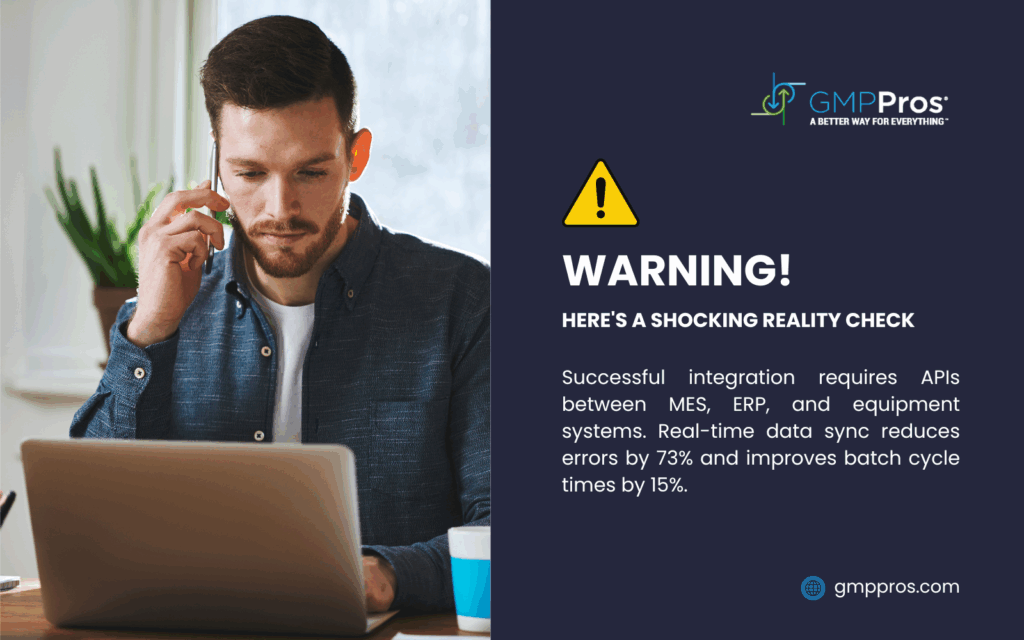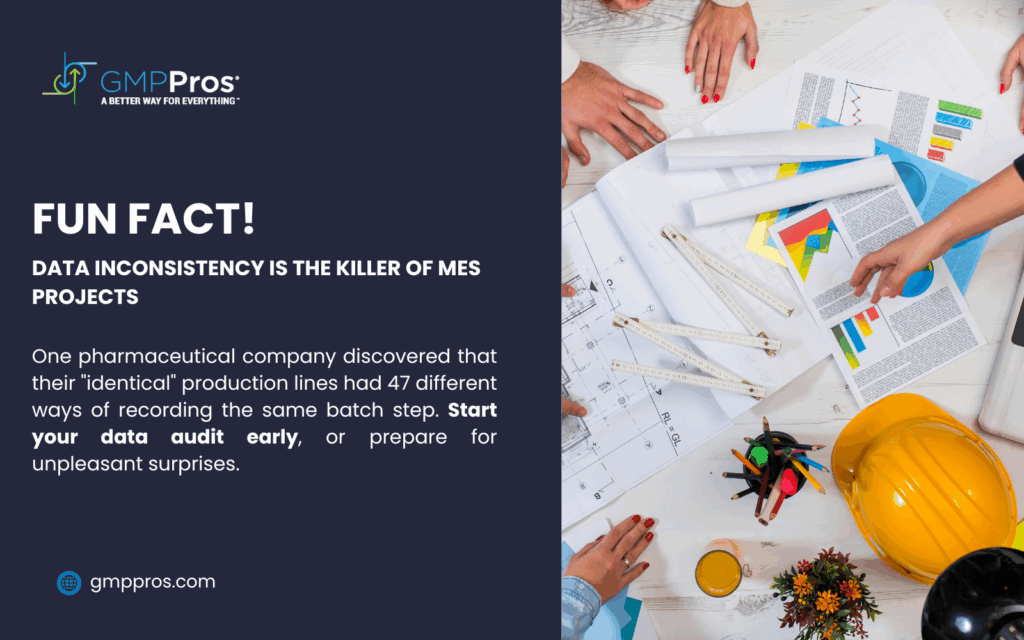This comprehensive guide covers the essential aspects of implementing SAP manufacturing execution systems in pharmaceutical and regulated manufacturing environments.
We will cover key steps for SAP MES deployment, typical problems companies face, and tested methods that work.
The Role of MES in Modern Manufacturing
Manufacturing execution systems have become the backbone of efficient production operations. These systems bridge the gap between enterprise resource planning and shop floor activities.
SAP’s manufacturing execution platform offers pharmaceutical companies a robust solution for production control and compliance management.
The system provides real-time visibility into manufacturing processes while maintaining regulatory standards.

Core Components of SAP MES Architecture
Modern SAP manufacturing execution systems consist of several interconnected modules. All components play a major role in the manufacturing workflow.
| Component | Primary Function | Regulatory Impact |
| Production Management | Schedule and track manufacturing orders | Batch record accuracy |
| Quality Management | Monitor product specifications | Compliance documentation |
| Inventory Control | Track raw materials and finished goods | Chain of custody |
| Document Control | Manage SOPs and batch records | Audit trail maintenance |
| Reporting Analytics | Generate production reports | Regulatory submissions |
Pre-Implementing Sap Manufacturing Execution Assessment Framework
Implementing sap manufacturing execution requires thorough preparation and planning. Organizations must evaluate their current state before system deployment.
| Assessment Area | Key Questions | Success Metrics |
| Process Readiness | Are SOPs documented and standardized? | 95% process documentation is complete |
| Technical Infrastructure | Does network capacity support real-time data? | < 2 second response times |
| Regulatory Compliance | Are validation protocols defined? | 100% GMP requirement coverage |
| Change Management | Is leadership committed to transformation? | Executive sponsorship confirmed |
| Resource Allocation | Are skilled personnel available? | Dedicated project team assigned |
Organizations often underestimate the complexity of pharma compliance requirements during implementation. Regulatory considerations must be integrated from the project’s inception.

Implementation Methodology and Best Practices
The deployment process follows a structured approach across multiple phases. Each phase builds upon previous accomplishments while maintaining project momentum.
Phase 1: System Design and Configuration
Initial configuration primarily relates to essential manufacturing processes and regulation requirements. System architects work closely with the manufacturing functions to identify workflows.
Phase 2: Data Migration and Integration
The historical production data will be transferred to the system with caution and audited as necessary. Data quality monitoring becomes an essential activity during this phase.
Phase 3: Testing and Validation
Comprehensive testing validates system functionality against regulatory standards. Pharma regulatory compliance protocols guide validation activities.
Phase 4: User Training and Change Management
End-user adoption determines implementation success rates. Training programs must address both technical skills and process changes.

Common Implementation Challenges and Solutions
Manufacturing organizations face predictable obstacles during SAP MES deployment. Proactive planning helps mitigate these risks before they impact project timelines.
| Challenge | Root Cause | Recommended Solution |
| Data Inconsistency | Legacy system variations | Implement data cleansing protocols |
| User Resistance | Process change anxiety | Comprehensive training programs |
| Integration Complexity | Multiple system interfaces | Phased integration approach |
| Validation Delays | Incomplete documentation | Early validation planning |
| Performance Issues | Inadequate infrastructure | Infrastructure assessment upfront |
Many organizations struggle with manufacturing process improvement during system transitions. Clear communication and stakeholder involvement help overcome resistance.
Technical Architecture Considerations
SAP MES systems require robust technical foundations to support manufacturing operations. Infrastructure decisions made early in the project affect long-term system performance.
Server capacity must accommodate peak production loads and future growth requirements. Network architecture should support real-time data collection from shop floor equipment.
Database design impacts system responsiveness and reporting capabilities. Proper indexing and partitioning strategies optimize query performance for large datasets.
Regulatory Validation Requirements
FDA-regulated manufacturers must validate SAP MES systems according to established protocols. Validation activities demonstrate system compliance with regulatory standards.
| Validation Phase | Documentation Required | Acceptance Criteria |
| Installation Qualification | Hardware/software specifications | System installation verified |
| Operational Qualification | Test protocols and results | Functional requirements met |
| Performance Qualification | Production data validation | Real-world performance confirmed |
| Change Control | Modification procedures | Controlled change process |
The electronic batch record feature needs extra care when you validate it. System controls must stop people from changing data without permission.

Data Management and Reporting Capabilities
Good data management helps makers get the most value from their MES investment. SAP systems give you complete analytics and report tools.
Real-time dashboards give production managers immediate visibility into manufacturing performance. Key performance indicators track manufacturing efficiency metrics across production lines.
Historical data analysis reveals trends and improvement opportunities. Advanced analytics capabilities support predictive maintenance and quality optimization initiatives.
Integration with Existing Systems
Most production companies run multiple software systems that must talk to each other well. SAP MES connection needs careful plans and work.
ERP system integration synchronizes production orders and inventory transactions. Laboratory information systems share quality test results with production workflows.
Equipment integration captures real-time process data from manufacturing equipment. Middleware solutions often facilitate communication between disparate systems.
Change Management and User Adoption
Technology setup success depends a lot on user acceptance and adoption. Change management work must address both technical and cultural factors.
Executive sponsorship demonstrates organizational commitment to the new system. Regular communication keeps stakeholders informed about project progress and benefits.
Training programs should be tailored to different user groups and skill levels. Hands-on practice sessions help users gain confidence with new processes.
Measuring Implementation Success
Companies need clear numbers to check MES setup results. Success measures should match business goals and regulatory needs.
| Success Metric | Measurement Method | Target Performance |
| System Uptime | Automated monitoring | 99.5% availability |
| Data Accuracy | Audit comparisons | <0.1% error rate |
| User Adoption | Login analytics | 95% active users |
| Process Efficiency | Cycle time analysis | 15% improvement |
| Compliance Score | Audit results | Zero critical findings |
Manufacturing process improvement metrics demonstrate the system’s impact on operational performance. Regular assessment helps identify areas for continued optimization.
Cost Considerations and ROI Analysis
SAP MES setup needs big money investment across multiple areas. Companies must check costs against expected benefits carefully.
Software licensing costs vary based on user count and module selection. Implementation services typically represent 2-3 times the software license cost.
Hardware infrastructure and ongoing maintenance add to the total cost of ownership. Training and change management activities require additional budget allocation.
Return on investment typically materializes through reduced labor costs and improved efficiency.
How to make a product more efficient strategies enabled by MES systems drive measurable savings.
Future Trends and Considerations
Production execution systems keep changing with new technology. Companies should think about future needs when they set up current solutions.
Cloud-based setups offer growth options and less equipment needs. Mobile access lets you monitor and manage from anywhere.
AI connection gives you predictive analytics and automated decision-making help. Internet of Things connection expands data collection across production operations.

Professional Implementation Support
Implementing sap manufacturing execution systems requires specialized expertise and experience. Many organizations benefit from professional consulting services during deployment.
GMP Pros specializes in MES implementation for pharmaceutical and regulated manufacturing environments. Our embedded engineering approach ensures successful system deployment and user adoption.
Our team combines deep technical knowledge with regulatory compliance expertise. We work directly with your manufacturing teams to configure systems that meet both operational and compliance requirements.Contact our experts at GMP Pros to discuss your implementation requirements and develop a customized deployment strategy.

